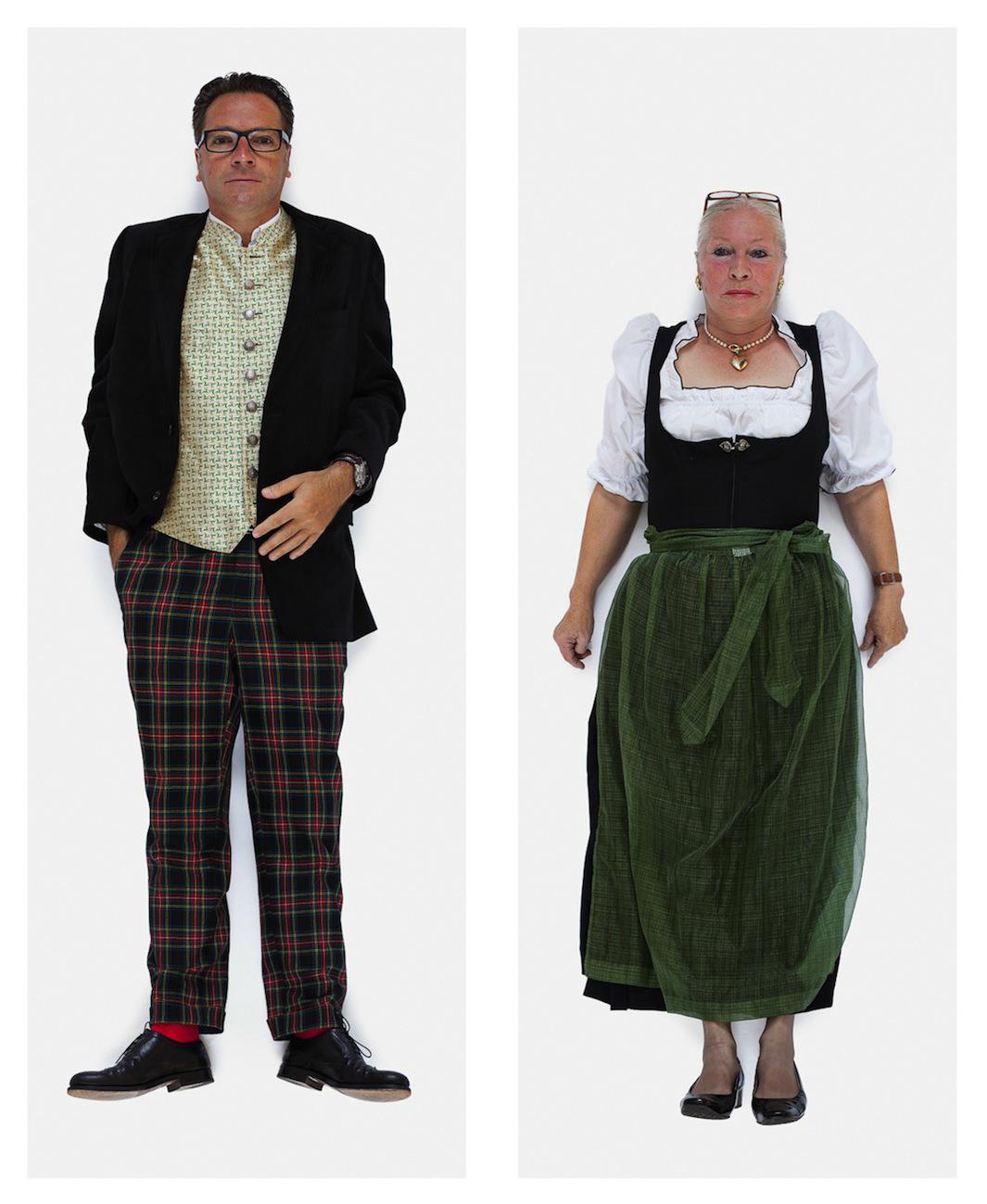At first glance, Kurt Hörbst’s portraits may simply look like an exercise in Richard Avedon–esque minimalism. But learn more about his process, and it becomes clear Hörbst almost has more in common with a taxonomer than a fashion photographer.
In his ongoing project, “People_Scans,” the Austrian photographer’s subjects are collections of visual information in which no detail goes unnoticed. By capturing them fully and uniformly, he seeks to celebrate their individuality.
Hörbst’s subjects lie down on a white background. Above them, Hörbst moves his camera along a rail system by hand, taking one photo every six inches. He stitches the photos together in Photoshop to create a high-resolution, life-size image.
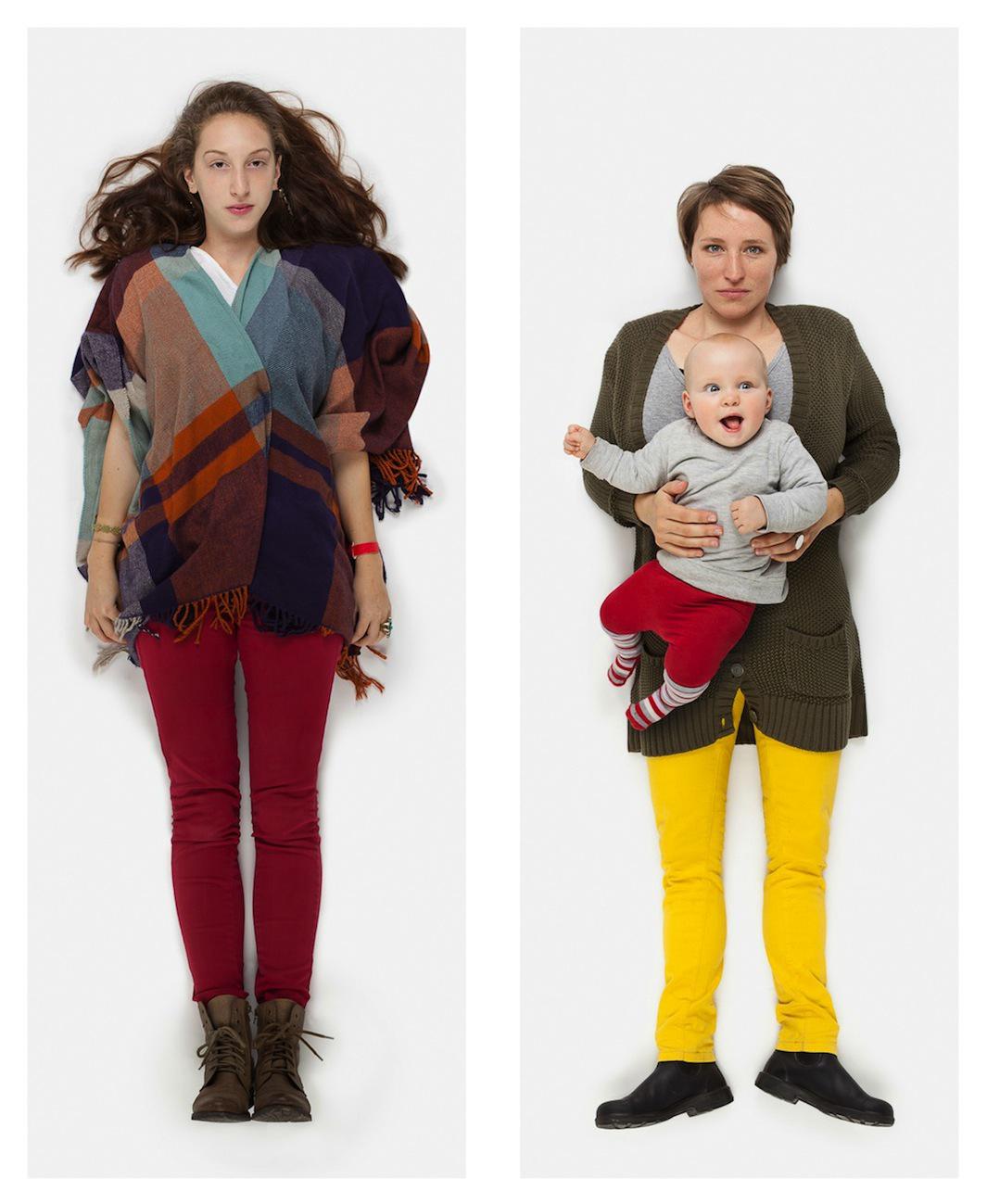
Kurt Hörbst
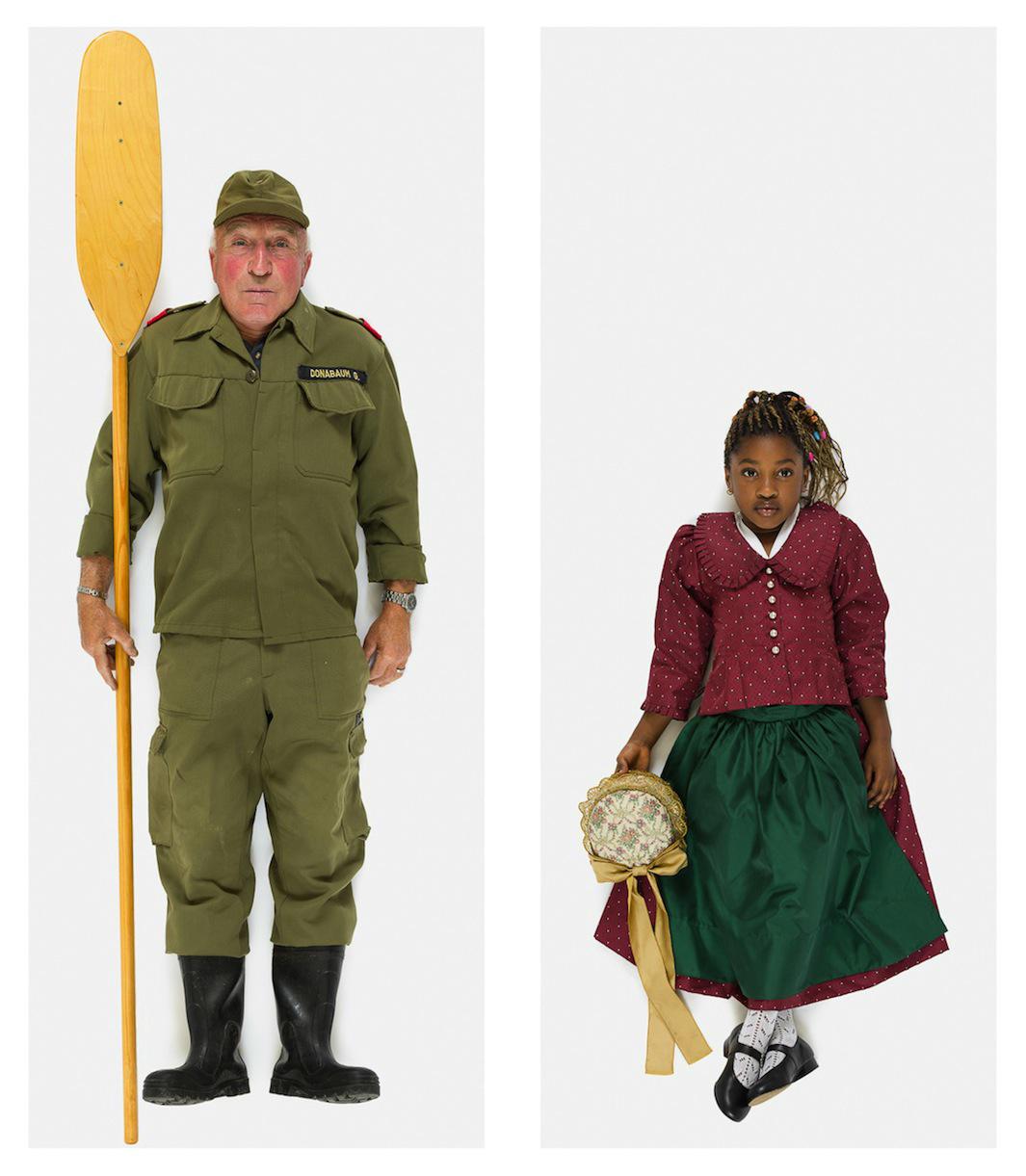
Kurt Hörbst
“I’m interested in people and how they look and I’m very interested in comparing bodies. From the beginning, having neutral and equal light conditions was very important to me, as it’s really necessary for the whole work. Every human body gets digitized under the same conditions,” he said.
Before Hörbst photographed humans in minute detail, he was photographing landscapes the same way, making sure every mote of dust and blade of grass was perceivable in his images.
“Over the course of this project, it occurred to me that it would also be interesting to use this scanning process on human beings as a way to work with human surfaces,” he said via email.
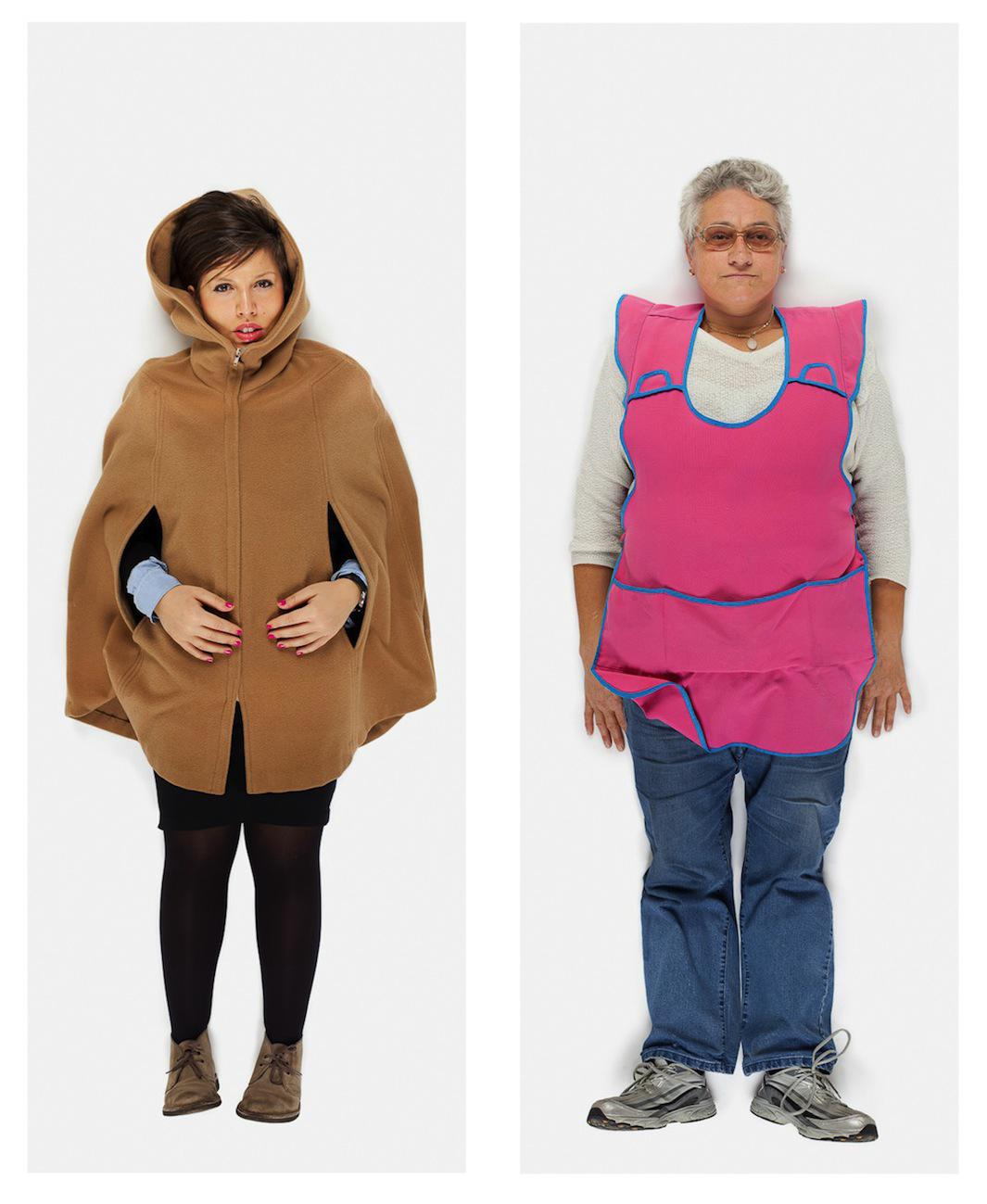
Kurt Hörbst

Kurt Hörbst
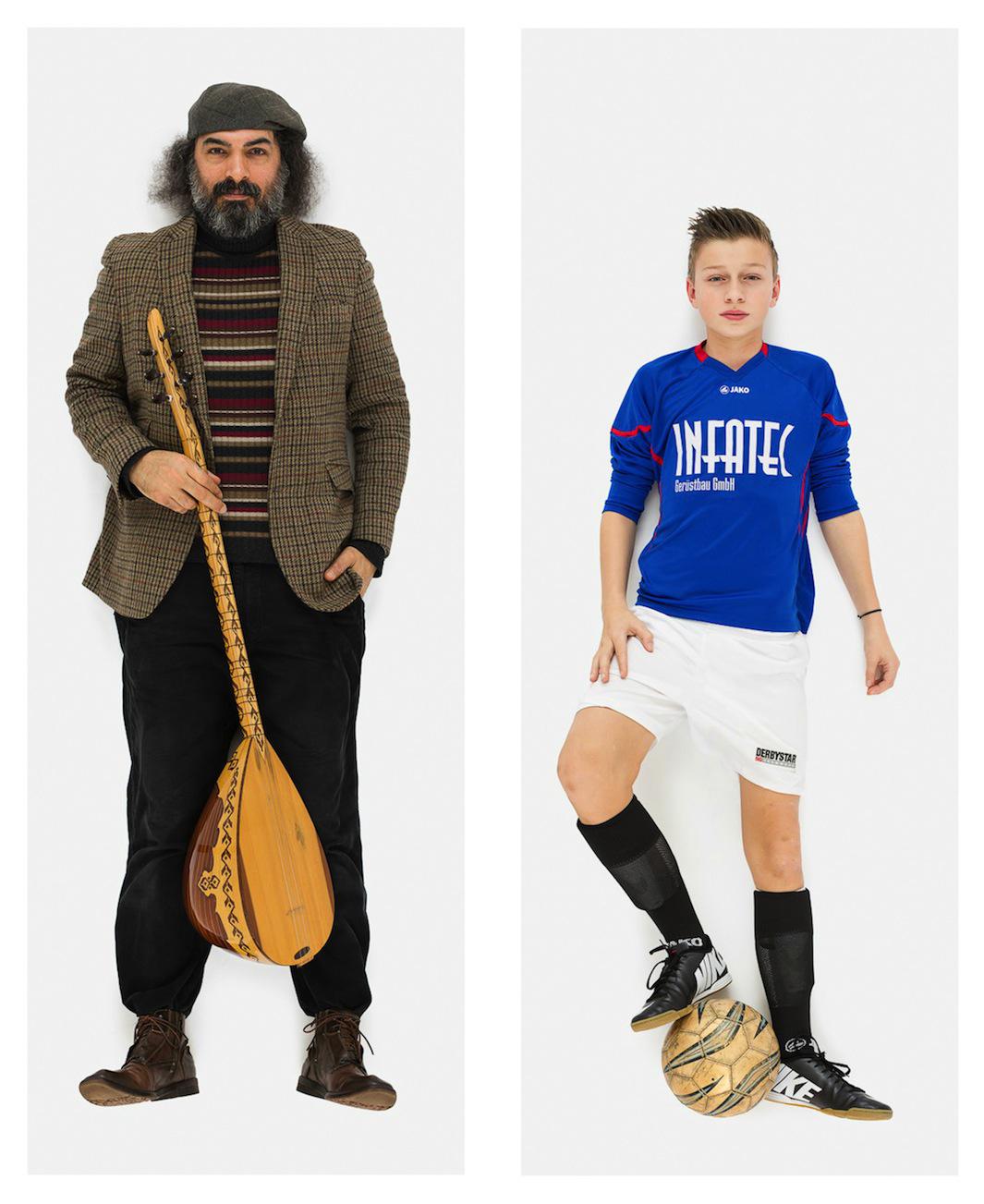
Kurt Hörbst
His first scans nearly a decade ago documented his family. Since then, he’s done series of photographs on people with similar hobbies, like the hikers in “Pilgrim_Scans,” as well as various series that focus on cities or towns around the world.
Over the years, he’s enlisted participants in different ways. In Venice, he asked people on the street to follow him into his studio for a portrait. In Vienna, he set up a website so interested people could volunteer themselves for the project. In villages in Germany and Austria, he had local partners who chose people from the population.
“I love this work, because I get the chance to meet people and talk to them about the project and about themselves,” he said.
Viewers of Hörbst’s may be curious why none of his subjects are smiling. His response?
“I photograph everyone the same and, in doing so, attempt to keep the view and the emotions stable. This improves the possibility of bringing out the comparative aspect, this pure superficiality,” he said. “If someone would laugh or strike some extreme pose, then my picture would suggest something completely different in the minds of those beholding it. So I make an effort to keep my photographs totally neutral.”
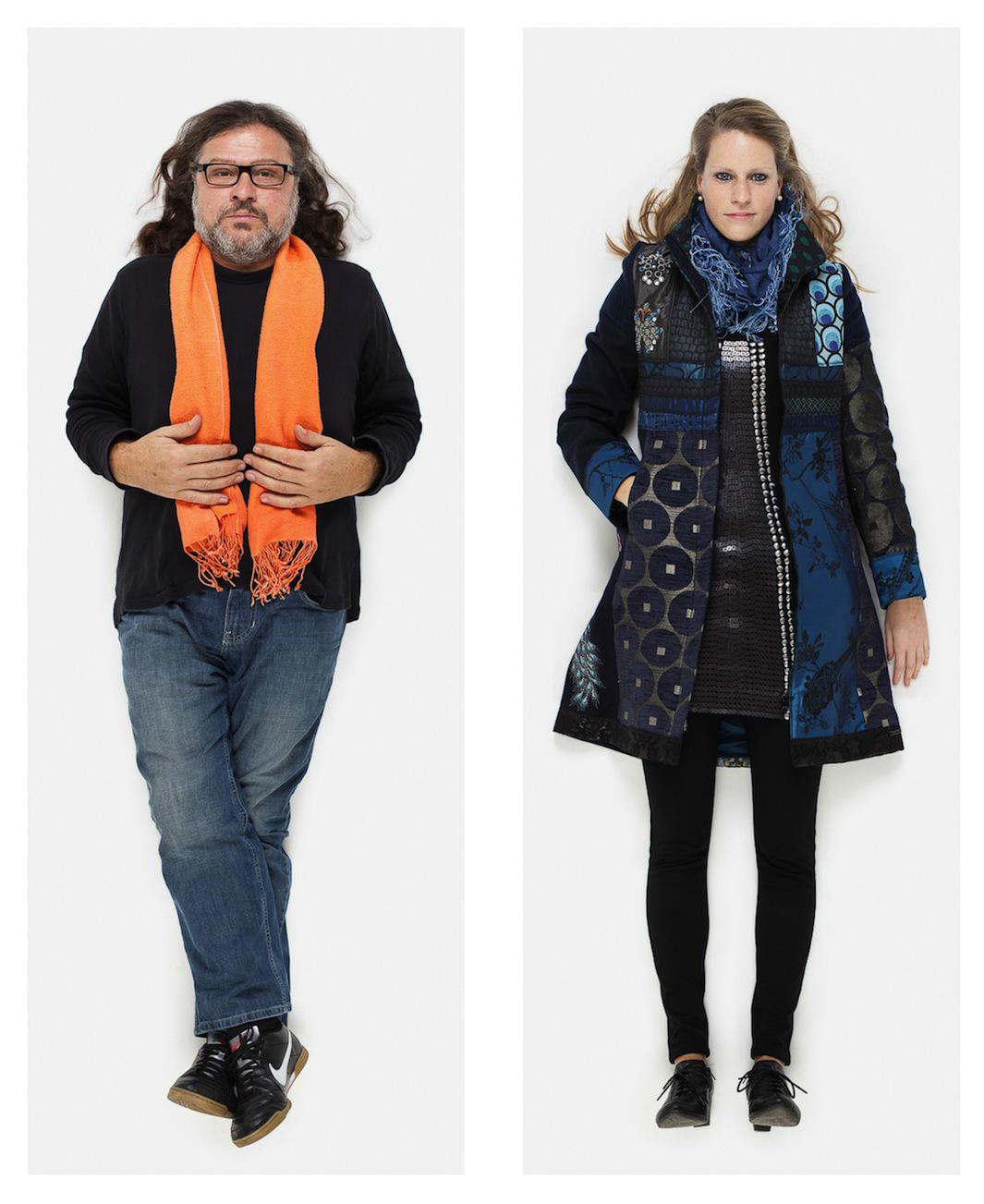
Kurt Hörbst
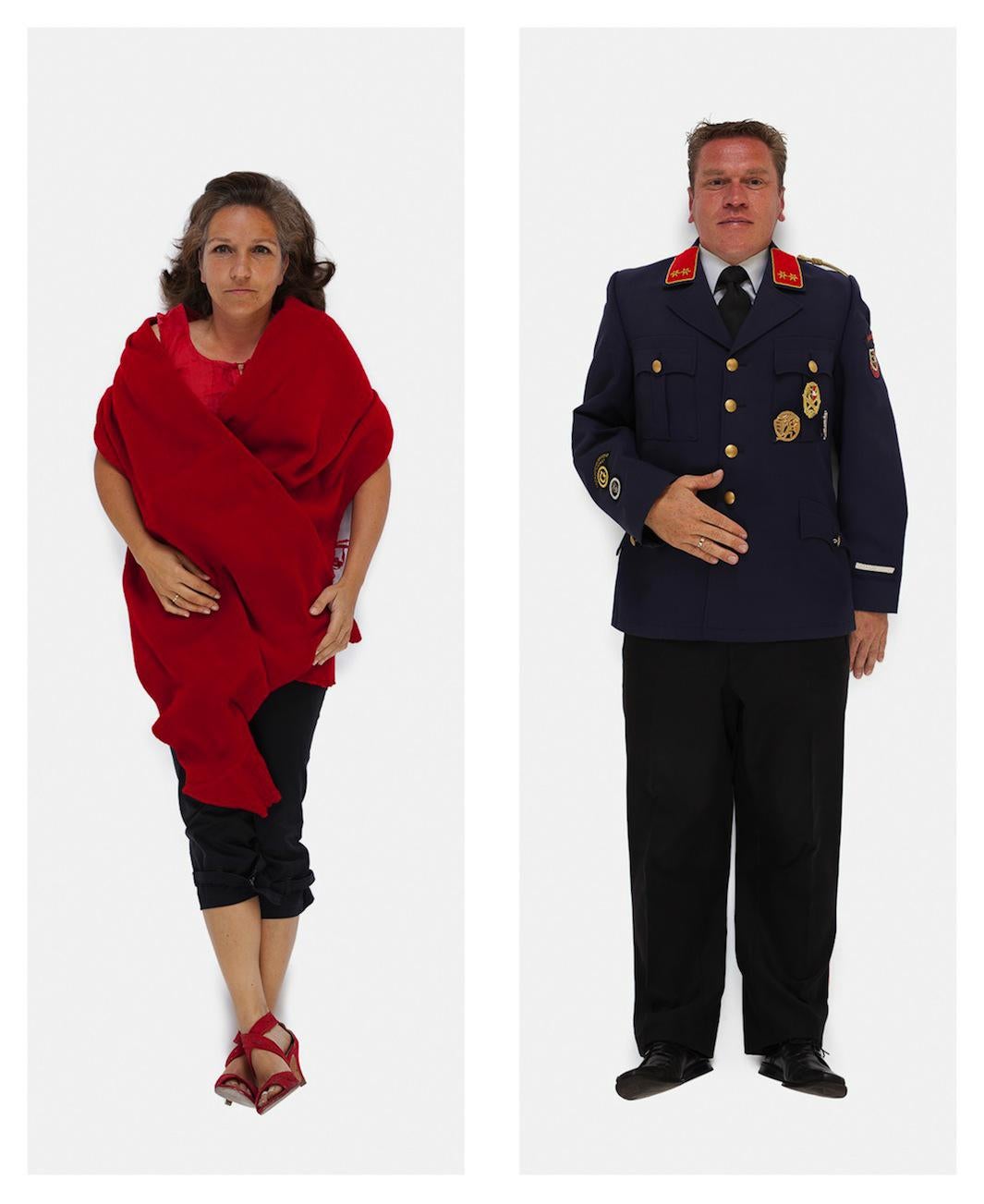
Kurt Hörbst
